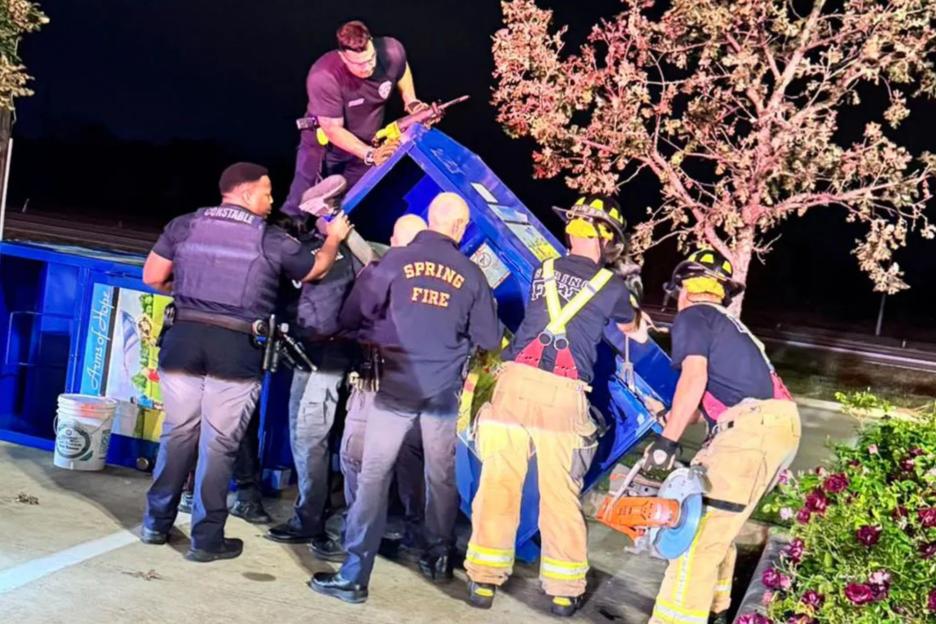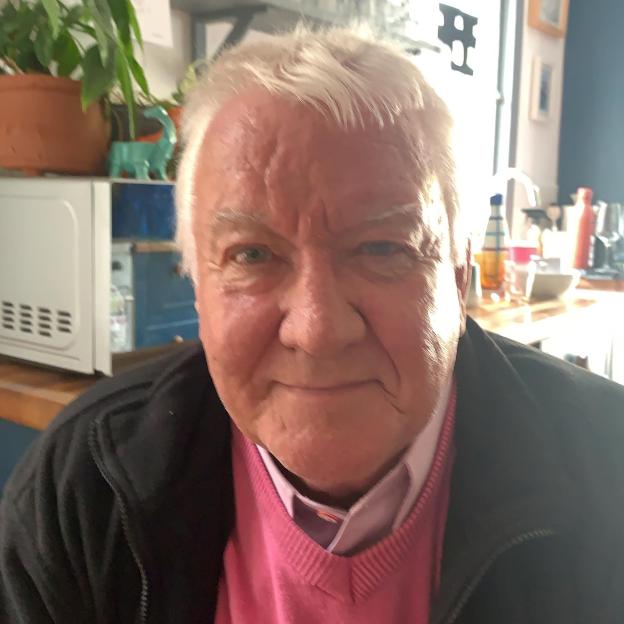ARCHAEOLOGISTS have unearthed ruins from a hidden ancient palace which housed popes for centuries before the Vatican was established.
The discoveries give a rare glimpse into the dangers faced by the papacy in ‘s medieval times.
 Archaeologists have uncovered the ruins of the first residence of popes
Archaeologists have uncovered the ruins of the first residence of popes Defensive walls were excavated in the Piazza San Giovanni in Laterano, the square outside the Archbasilica of St. John Lateran
Defensive walls were excavated in the Piazza San Giovanni in Laterano, the square outside the Archbasilica of St. John Lateran These walls date as far back as the 9th century AD
These walls date as far back as the 9th century ADArchaeologists stumbled upon complex beneath the square outside the Archbasilica of St. John Lateran in while making for Jubilee 2025 (the Catholic Holy Year).
They unearthed large walled structures made of volcanic rock bricks, known as tuff, that date back to the 9th through the 13th centuries AD.
Some of these bricks had been reused from earlier buildings, and signs of restoration were visible in some of the walls.
This structure is believed to be part of the Patriarchio â the ancient palace which served as the popes’ official residence from the 4th century until the early 14th century.
This monumental basilica was designed by Emperor Constantine in the 4th century after the famous Edict of Milan (313 AD) legalised in the Roman Empire.
The palace complex was expanded and renovated during the Middle Ages, according to the Italian Ministry of Culture.
These walled structures are said to have acted as a defensive barrier, shielding the papacy from power struggles among Rome’s aristocratic families and raids by Saracens.
The Italian ministry said: “The construction of the structure just described took place during a long period in which Rome was the object of the raids of theSaracens, and inside it there were continuous struggles, sometimes violent, between the aristocratic families.”;
‘Saracens’ was the term used for various Arab groups that launched coastal raids in Italy during the 9th and 10th centuries and later clashed with European armies during the Crusades.
“Hence the hypothesis that this mighty wall, also due to its shape, functioned as a defensive wall around the Basilica’s complex and its annexed buildings,”; the ministry explained.
It said this discovery is “of extraordinary importance”; to Rome’s , as these are the most extensive excavations to have taken place in the square.
Gennaro Sangiuliano, the Italian Minister of Culture, said: “The discoveries of Piazza San Giovanni in Laterano are yet another demonstration of the richness of the territory of Rome, an inexhaustible mine of archaeological treasures.”;
He added: “Every single stone speaks to us and tells its story: thanks to these important finds, archaeologists will be able to know more about our past.
The Vatican officially became the permanent papal seat in 1377.
This was after Pope Gregory XI moved the papacy back to Rome from Avignon, , where it had been located for nearly 70 years.
From thereon, a defensive structure was no longer necessary in Rome and the area was abandoned.
This discovery coincides with as the new leader of the Catholic Church â making him the first-ever American pope.
The stepped out onto the balcony of St. Peter’s Basilica in theon Thursday to greet cheering crowds.
Prevost wasin 1955 to immigrant parents of French, Italian and Spanish descent.
After graduating from Villanova University in Pennsylvania with a degree in maths,joined the Order of St. Augustine, taking his vows in 1978.
Ordained as a priest in 1982, he joined a mission in Peru where he spent many years leading a seminary.
While he is seen as more traditional than Francis, he is not the conservative hardliner that some in the church had hoped for after his predecessor’s efforts to make the faith more progressive.
 Pope Leo XIV (formerly Robert Francis Prevost) made his first trip outside the Vatican on Saturday
Pope Leo XIV (formerly Robert Francis Prevost) made his first trip outside the Vatican on Saturday The pope appeared on the balcony of St. Peter’s Basilica after being elected by the conclave on Thursday
The pope appeared on the balcony of St. Peter’s Basilica after being elected by the conclave on Thursday






